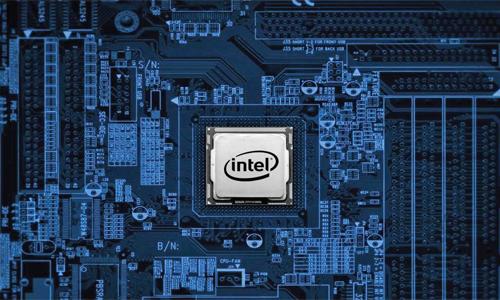Intel prepping 10-core Broadwell-E processors
In August 2014, Intel released the first Haswell-E processor, the Core i7-5960X. Unlike its predecessors, the Core i7-5960X jumped to eight cores and 16 threads — but the lower clock speeds paradoxically made the chip a less-than-great alternative for gamers.
In many titles, the 4.4GHz clock speed on the Core i7-4790K was a better gaming option than the eight cores but lower top-end clock speed (3GHz base, 3.5GHz Turbo) that the 5960X
offered.
Intel is now working on the successor to Haswell-E, and if recent rumours are true, the company is going to address this discrepancy with the upcoming Broadwell-E.
The upcoming family will launch with multiple SKUs that should address the needs of both gamers and other high-end users who have more use for threads and less for clock speed.
According to Chinese site XFastest, the Core i7-6950X will be a 10-core, 20-thread CPU with a base clock of 3GHz, an unknown Turbo frequency, and 25MB of L3 cache.
That’s two more cores than the current Core i7-5960X, with an equivalent clock speed and the same cache allocation on a per-core basis.
Haswell-E had three SKUs — the 5960X at 3GHz base / 3.5GHz Turbo with 8 cores, the 5930K at 3.5GHz base – 3.7GHz Turbo with six cores, and the 5820K at 3.3GHz base – 3.6GHz Turbo, with six cores.
The 5960X had 20MB of L3, while the other two chips had 15MB each.
This chart implies that Intel will subdivide the market further, with an eight-core, 20MB chip at 3.3GHz, and a brace of six-core chips at 3.6GHz and 3.4GHz respectively, each with 15MB of L3 cache.
The implications, if true, suggest that Intel wants to target enthusiasts hunting for more clock speed as well as those who may benefit from having more threads.
When Intel first announced that Haswell-E would move to an eight-core top-end configuration, there was some speculation that Intel might bring six-core chips to the conventional desktop line. So far, that hasn’t happened, and it’s not clear if it will, given the current realities of CPU design and the overall state of multi-threading in desktop applications.
Related Posts

